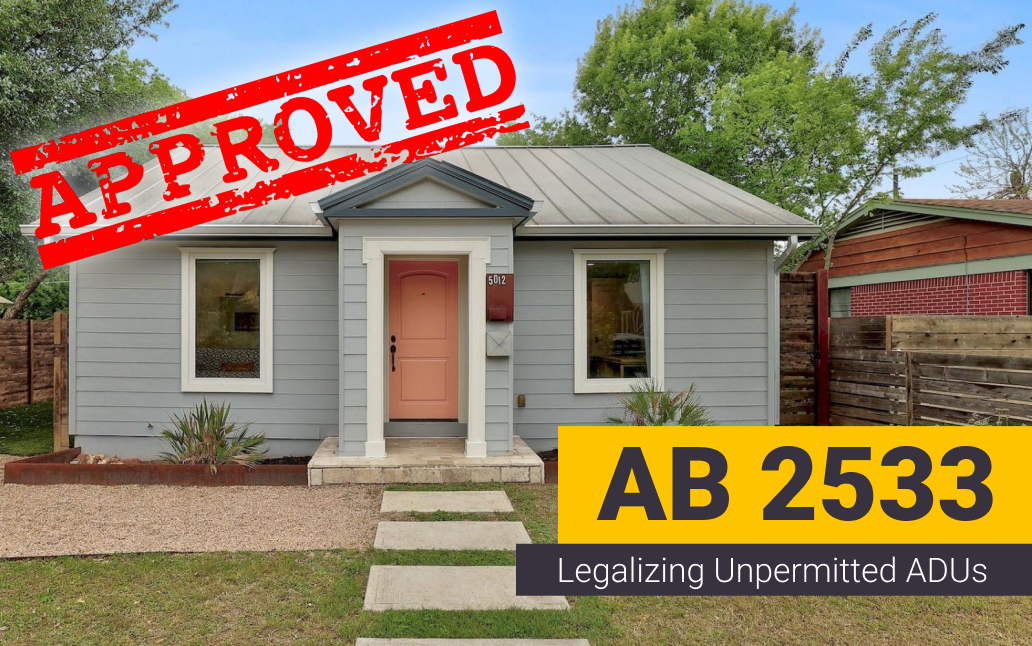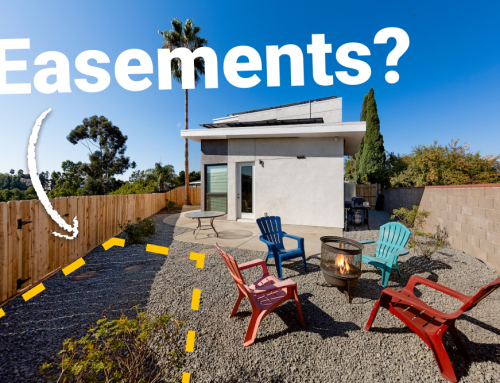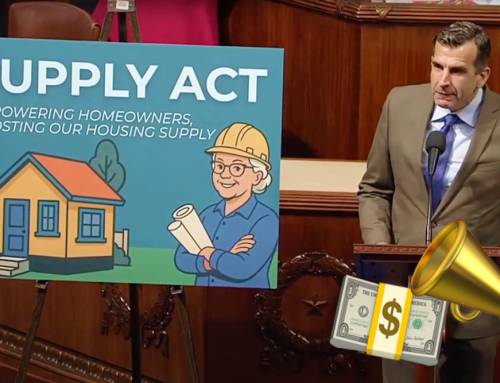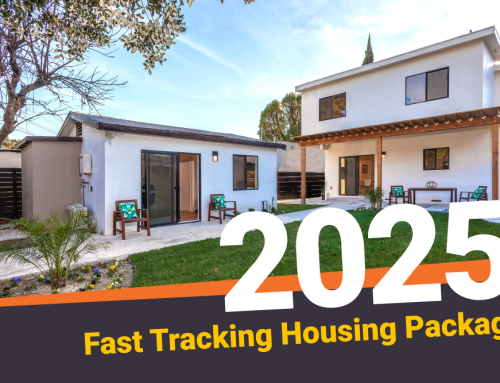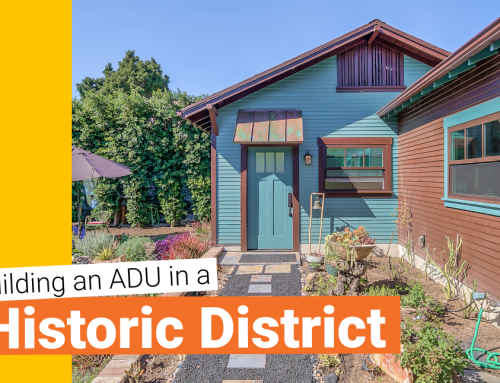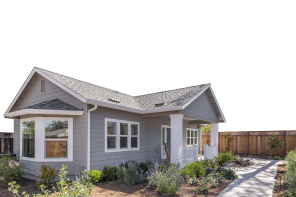Most unpermitted ADUs live in legal limbo. Homeowners know they exist in a gray area—technically usable, but not fully recognized by the city. That means no official address, no approved utility hookups, and a constant risk of fines or forced removal.
Worried about the consequences, these homeowners often keep quiet, avoid upgrades, and miss out on rental income or property value gains. But with the passage of AB 2533, California is offering a second chance—a way to bring these ADUs out of the shadows and into compliance without starting from scratch.
If you’re sitting on an unpermitted ADU, this law could be the opportunity you’ve been waiting for. Here’s what you need to know.
What is AB 2533?
Assembly Bill 2533 went into effect January 1st, 2025. It aims to allow unpermitted ADUs built before January 1st, 2020 to easily become fully permitted without any fees, penalties, or even a slap on the wrist.
Key changes and requirements include:
- Expanded Date Cutoff: Previously covered units built before 2018—now includes units built before 2020.
- Health & Safety First: Violations must be corrected only if they compromise health and safety standards.
- No Penalties: Homeowners cannot be penalized just for having an unpermitted unit.
- Permit Support: Local agencies must help bring units up to code and issue permits to legalize them.
- Transparency: Cities must inform the public about these rights, provide a checklist of substandard conditions, and let homeowners request a confidential third-party inspection before applying.
- Fee Relief: Cities cannot charge impact or utility connection fees unless specific conditions apply.
California has been fairly lenient towards unpermitted ADUs for the last few years. Historically, the state has allowed for homeowners to get their unpermitted ADUs up to code without penalty. The main difference now, is that some building codes can be overlooked.
Now, this doesn’t mean that the garage you added a stove and a sink to can now get it’s permitted status. There are still standards that need to be met to ensure the unit is suitable for long-term living.
Who Qualifies for AB 2533?
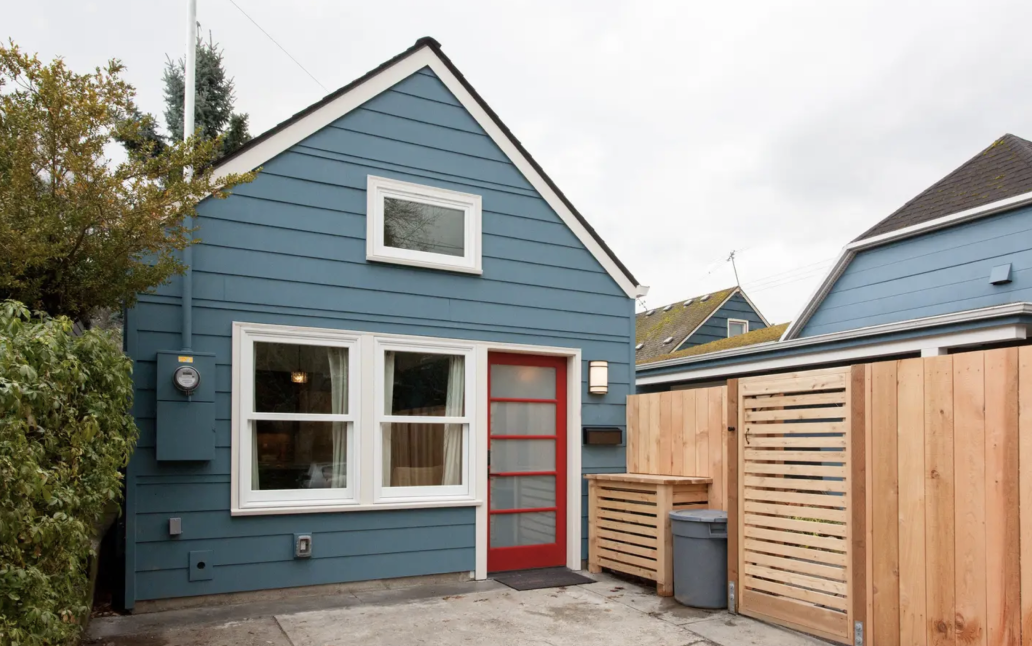
To qualify, your ADU must meet the following:
- Constructed prior to January 1, 2020
- Not currently permitted
- Not classified as a substandard building
In the context of AB 2533, “not classified as a substandard building” means the unpermitted ADU must not have major issues that make it unsafe or unlivable.
California Health & Safety Code defines a substandard building as one that has serious problems such as:
- Unsafe electrical wiring or plumbing
- Inadequate heating or ventilation
- Structural hazards (e.g., failing foundation, roof collapse risk)
- Lack of required sanitation facilities (toilet, sink, etc.)
- Severe mold, pest infestations, or fire damage
AB 2533 does allow for minor code violations, but if your ADU has issues that pose a risk to health, safety, or habitability, the city can require you to fix those problems before granting a permit.
This law is especially relevant for homeowners who built garage conversions, basement apartments, or backyard cottages without permits during the early ADU boom but are now looking to bring them into compliance.
If you’re unsure whether your unit qualifies, AB 2533 allows you to get a confidential inspection from a licensed contractor before submitting a permit application—so you can understand your risks and next steps without triggering enforcement.
What’s the Process to Legalize an Unpermitted ADU?
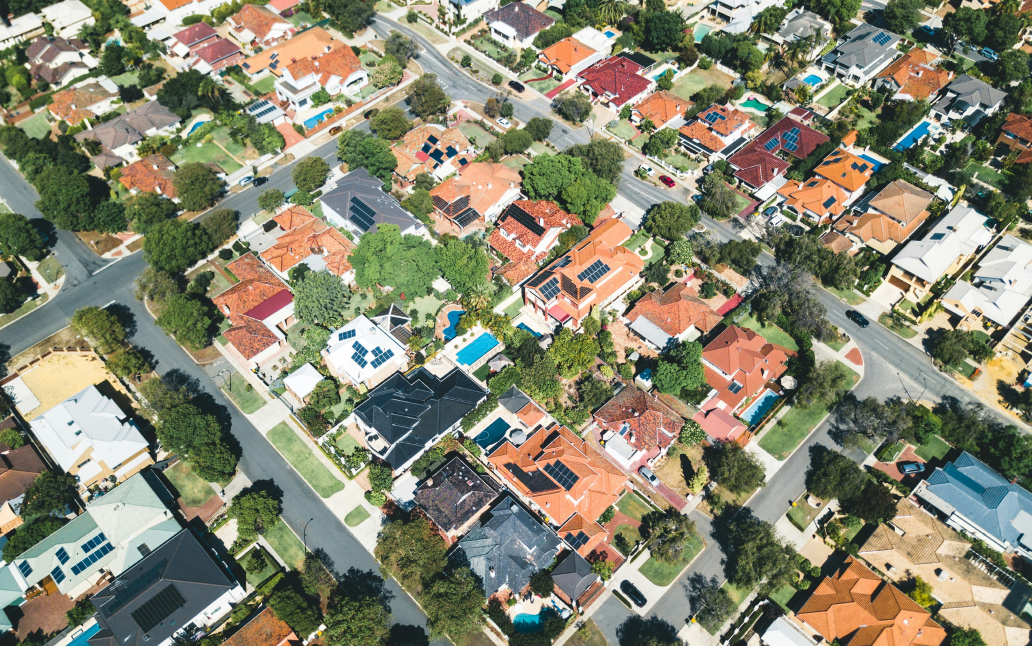
Legalizing your unpermitted ADU doesn’t have to be a scary endeavor! The state has made it easy to get your unit up to health code and ready for move-in. Here’s what you have to do:
Step 1: Schedule a third-party code inspection (optional but smart)
Before going to the city, you’re allowed to hire a licensed contractor ****to inspect the unit privately. This gives you a heads-up on any red flags—without triggering penalties.
Step 2: Prepare your plans and application
Your city is going to want a full permit set so that they can have records of your ADU on your property. As such, hiring a designer to prepare these documents might be a good move. They’ll handle all of the tricky jargon and make sure your plans follow current zoning and safety standards. This step helps you submit a clean application and avoid back-and-forth with the city.
Step 3: Submit your permit application to the city
Once your plans are ready, submit them to your local permitting office. Thanks to AB 2533, the city cannot deny your application just because your ADU wasn’t originally permitted—unless there’s a serious health or safety issue that would classify it as a substandard building.
Step 4: Make required safety corrections
If the city finds any safety issues during their inspection, you’ll be given the opportunity to fix them. These are typically smaller items like smoke detectors, electrical upgrades, or emergency egress—not full code compliance.
Step 5: Get approved and move forward
Once you’ve made the necessary corrections, the city will sign off on your permit. Your ADU will now be officially recognized, utility connections can be properly documented, and you’ll no longer have to worry about fines or forced removal.
What Legalizing Your ADU Means For Your Property Value
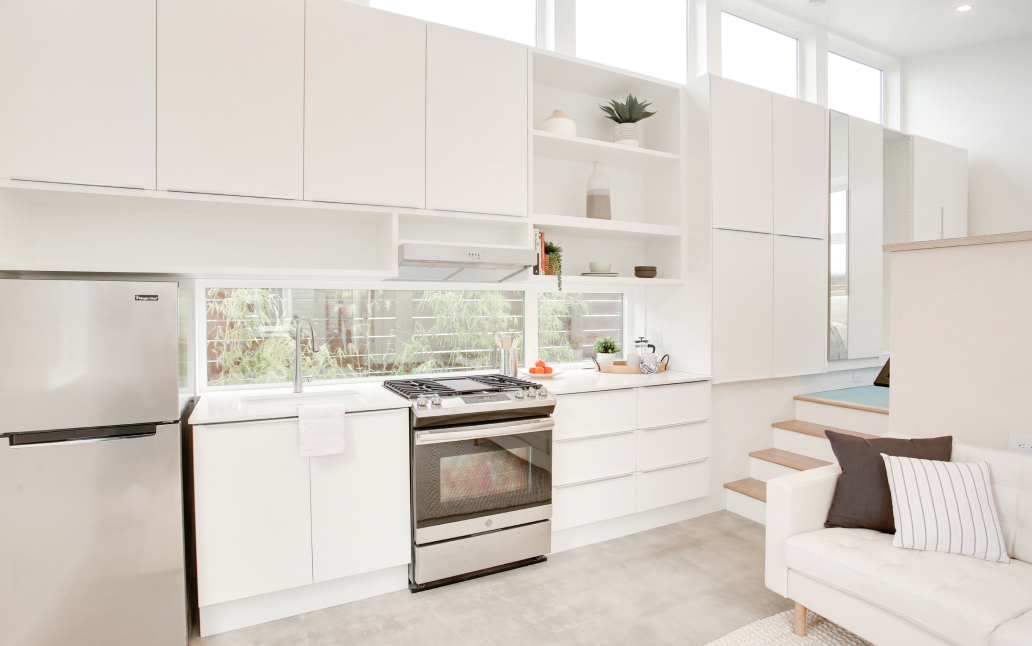
Legalizing your unpermitted ADU doesn’t just bring peace of mind—it can have a real impact on your home’s market value.
When an ADU is officially permitted, it becomes a recognized livable space in the eyes of appraisers, lenders, and potential buyers. That means:
- Higher Appraisal Value: Permitted square footage is typically counted in official appraisals, which can significantly increase your property’s valuation.
- Better Financing Options: A permitted ADU can help you qualify for home equity loans or refinancing with improved terms.
- Rental Income Recognition: If you’re renting out the unit, legalized status allows you to report that income more easily when applying for a loan or selling the home.
- Stronger Buyer Appeal: Buyers are more likely to pay a premium for a property with a fully permitted ADU. It adds flexibility—whether as a rental unit, guest suite, or future housing for family members.
- Insurance Coverage: Once permitted, you can properly insure the unit. That’s important for both peace of mind and future claim eligibility.
In short, legalization transforms your ADU from a hidden asset into a fully recognized selling point—and that can mean tens or even hundreds of thousands of dollars when it’s time to sell.
Ready to Legalize Your ADU?
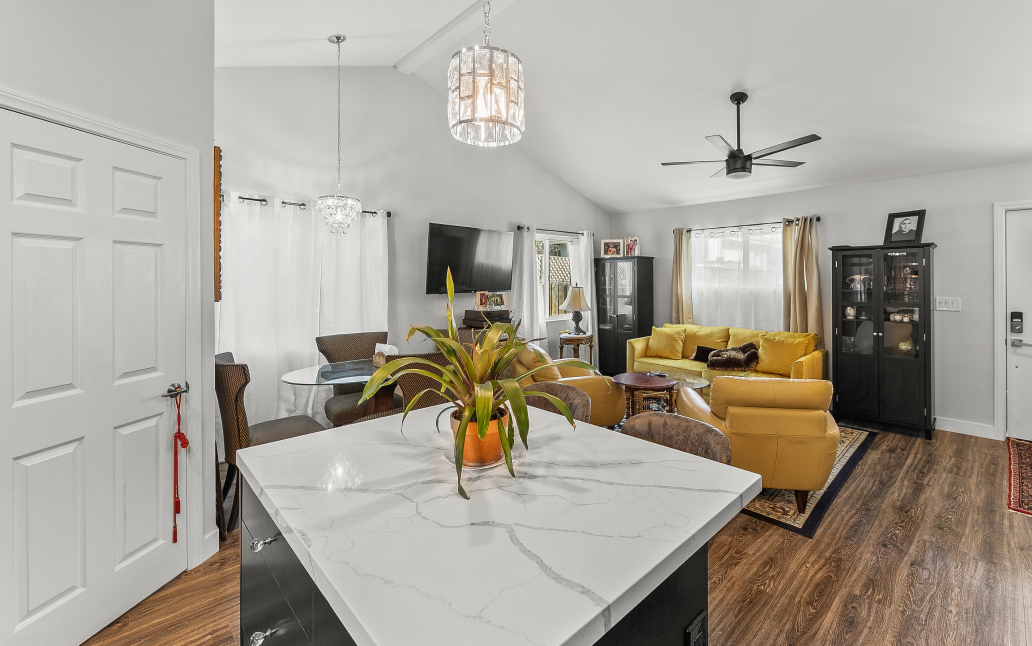
If you’re sitting on an unpermitted ADU, there’s never been a better time to bring it into compliance. With AB 2533, California is making it easier, safer, and more affordable to get your unit fully permitted—without the usual headaches.
Not sure where to start? Maxable can help.
We’ll connect you with vetted ADU designers and general contractors who know how to navigate the legalizing process.
Book a free call with Maxable to get connected with an experienced ADU professional today.

